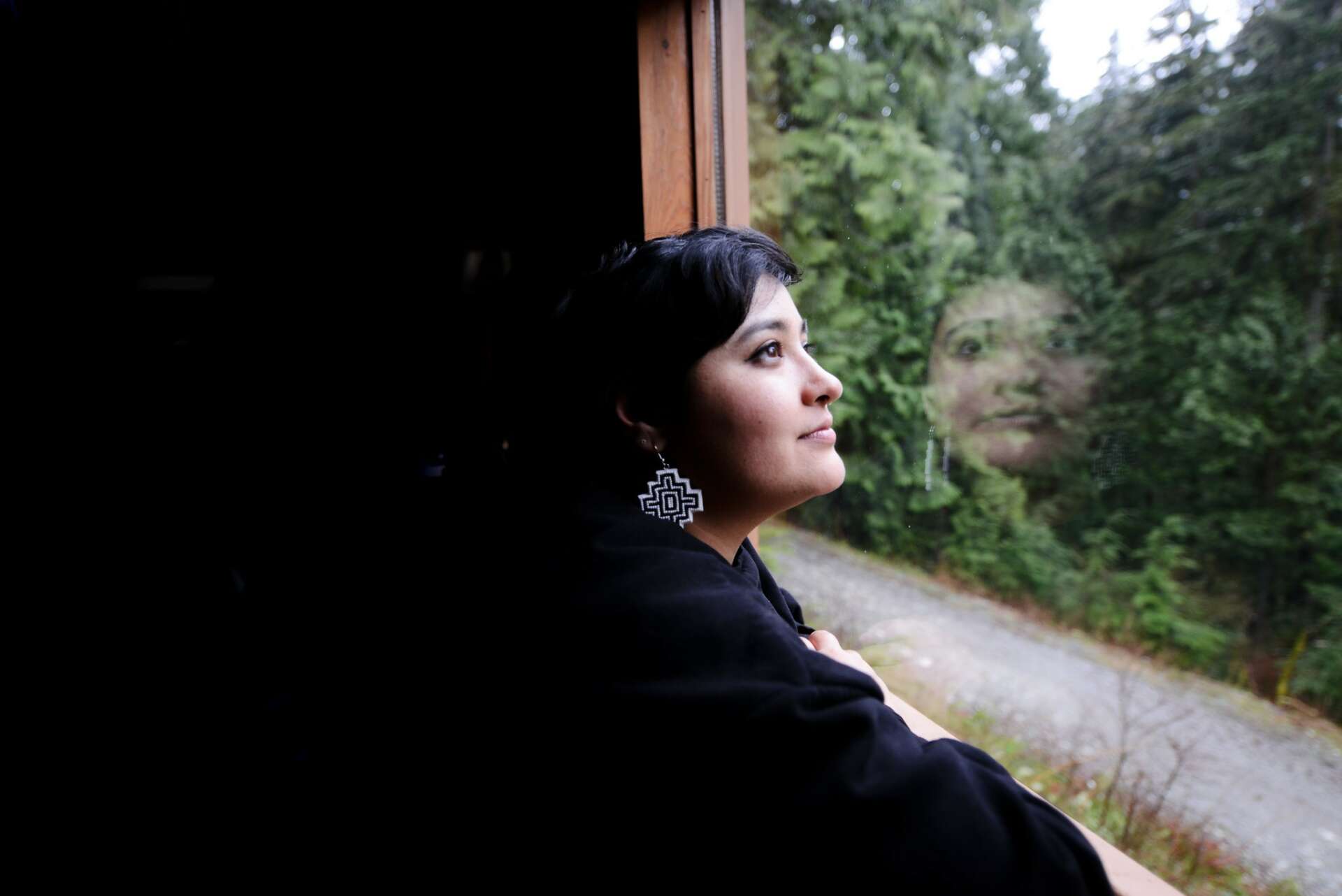We’re excited to introduce you to the always interesting and insightful Aaniya Asrani. We hope you’ll enjoy our conversation with Aaniya below.
Alright, Aaniya thanks for taking the time to share your stories and insights with us today. We’d love to hear the backstory behind a risk you’ve taken – whether big or small, walk us through what it was like and how it ultimately turned out.
If you consider risk to be taking on the unknown, uncertain and/or unexpected – I’d say I’ve made some pretty risky choices in my life.
The first of which was to pursue a career in art. I remember a distinct moment at a parent-teacher conference in India where I shared that I wanted to study art in high school and my teacher told my parents “but she has good grades, she should study science and not waste her time with art – how will she make a living doing that?”
It was risky to continue down the path after high school and go to an Art and Design college for a four year program. There I honed my illustration, design and bookmaking skills but also developed a more critical lens of the larger systems at play. I explored the functions of memory in relation to historical events, conducted research in refugee camps and gave a visual form to deeply complex realities that shifted the way I saw the world.
I had grown so rapidly in a direction that felt true to my calling, and yet, I felt stuck. It was time for another risk. Moving to Canada was never something I could have envisioned for myself – it was not something I thought myself capable of. And yet, there I was packing my whole life into two suitcases and moving across the ocean to pursue a Masters Degree in Fine Art.
I started from scratch in a foreign country, where I knew nobody. I found myself in a program that had developed language for painters, sculptors and ceramists but not for someone like me – whose practice was about people and community. I was swimming against the current, and almost gave up many times. The methodologies of the white cube gallery space often felt at odds with the kind of conversations I wanted to be having.
Ultimately it was the network of my peers and mentors who acted like pathfinders in those moments. Validating embodied and non-western forms of knowledge led me to find my own language and place within the art world. This new language of making was about deepening my relational practices, co-create with community, and finding a way to move forward through a growing connection to others and the land.
I developed a social practice, where I invited strangers into conversation with one another and made space for expressions of care to unfold. I continued to take risks in this process, as one can set intentions but never predict the outcome of an interaction where humans are involved. By implicating myself in this work, I also constantly held myself accountable to living and working by my values.
My art practice has evolved into one of holding space – for engaging with difference and forming connections. My role as an artist is to use my platform and privilege to unpack the social, political and cultural systems at play so that we can better understand them. It’s about remaining vulnerable in public space and amplifying unheard voices, so we can learn from each other’s perspectives.
I currently work for a non-profit that allows me to work with folks from all walks of life, prototyping radical solutions to problems such as isolation and loneliness. Alongside this, I also teach and facilitate workshops, do independent design projects and make art that is meaningful to me. Moving beyond my comfort zone and trusting my intuition has enabled me to live a life that I am grateful for.
Now, I feel as though I’m at another one of those pivot points, where I’m ready for my next creative adventure. What excites me is that I can keep expanding the mediums I work in, and that creativity isn’t bound by what others define as success. It will always be the message that moves my practice forward and I will listen to my gut when it says “This is risky, but let’s do it anyway”.


Aaniya, before we move on to more of these sorts of questions, can you take some time to bring our readers up to speed on you and what you do?
I am an interdisciplinary artist, graphic designer, and visual storyteller from Bangalore, India, currently living as an uninvited visitor on the unceded territories of the Musqueam, Squamish, Tsleil-Waututh Nations in Vancouver, Canada. I graduated from Srishti Institute of Art, Design, and Technology with distinction in Visual Communication (2014) and Emily Carr University with a Master of Fine Arts degree (2019).
I published my first set of graphic novels in 2018 called Portraits of Exile: Homeland, Homecoming and Homebound. They were published in two languages by Katha and are based on the lives of Tibetan Refugees living in exile in India. I am proud of the fact that this series is the first graphic novel produced on the subject by an Indian author, as reported by a research paper written by Abinsha Joseph in the Journal of Graphic Novels and Comics, published by Taylor and Francis.
From 2019-2022 I was sessional faculty at Emily Carr University of Art and Design where I taught courses on design, narrative illustration, community projects and the ethics of representation. I have now shifted my facilitation practice to conducting independent community based workshops in spaces such as ISS of BC, Frog Hollow Neighbourhood House, Collingwood Neighbourhood House and the Roundhouse Community Centre to name a few.
Currently, I am nurturing a community engaged art practice. At the heart of my work is storytelling, sharing perspectives and experimenting with form and space. The work I undertake often has the ultimate goal of facilitating compassion across diverse communities and systemic disparities to catalyse small actions of change. I have shown work in spaces such as Centre A, Access Gallery, Ground Floor Arts Centre, Alternatives Gallery, Massy Arts Society and Number 3 Gallery.
I also work full time as the Lead Community Artist for posAbilities, which involves co-leading a prototype which is about inviting folks from all walks of life to design novel ways to delightfully subvert the status-quo. This has enhanced my knowledge of conducting primary and secondary research, using ethnographic processes and co-creative methodologies. The mediums I am most excited to continue exploring in the future include illustration, graphic design and book design.
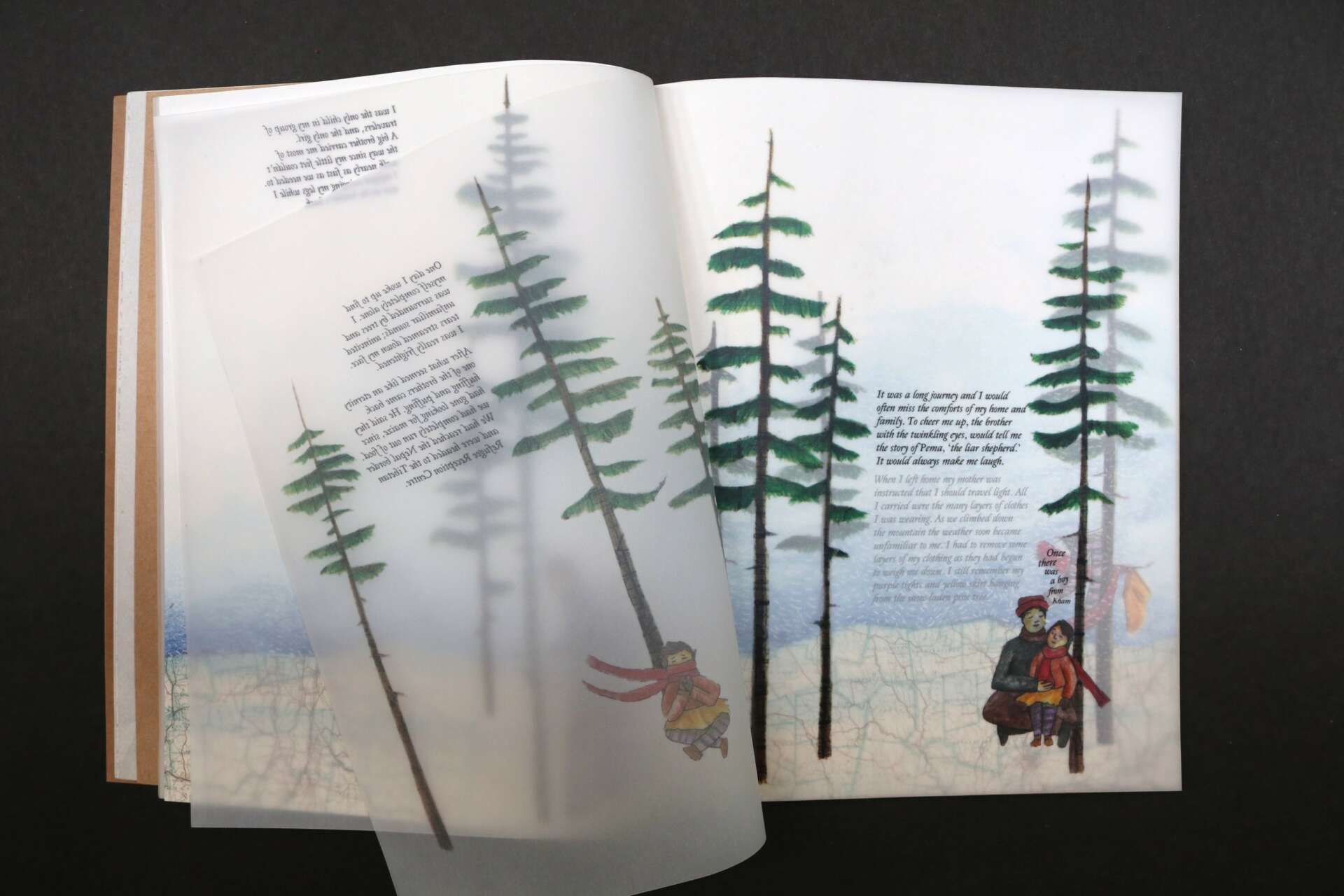
For you, what’s the most rewarding aspect of being a creative?
For me, art making is a way of making sense of the world. In the simplest sense, I am grateful for the ability to put down what I’m feeling in my heart on a piece of paper and share it. It’s incredibly rewarding when that feeling resonates with others and when you can see people’s perspectives shift or change as a result.
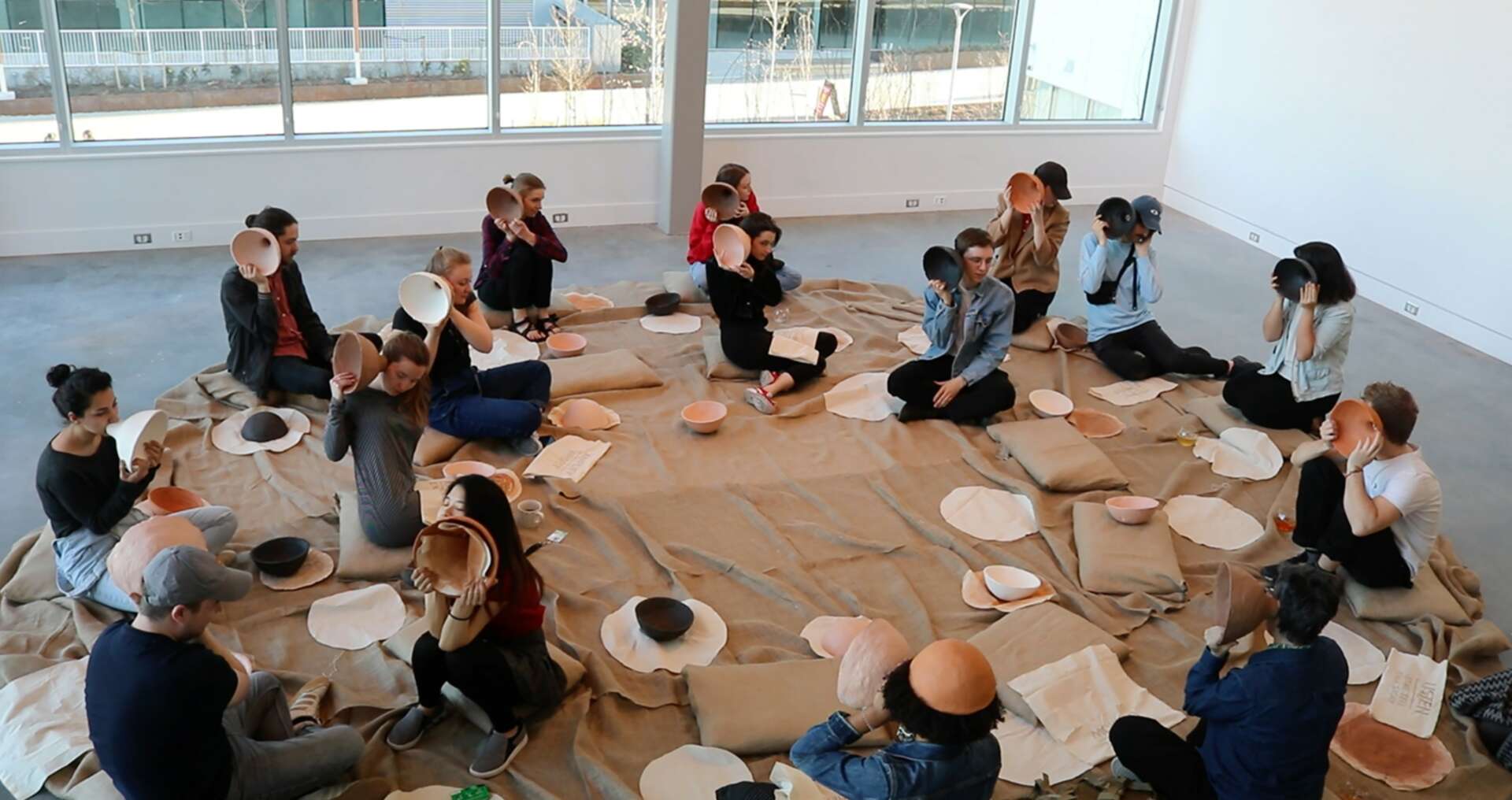
Are there any resources you wish you knew about earlier in your creative journey?
I wish I had been exposed to more critical and radical thinkers earlier in my creative journey. People like Sara Ahmed, Bell Hooks, Adrienne Maree Brown to name a few.
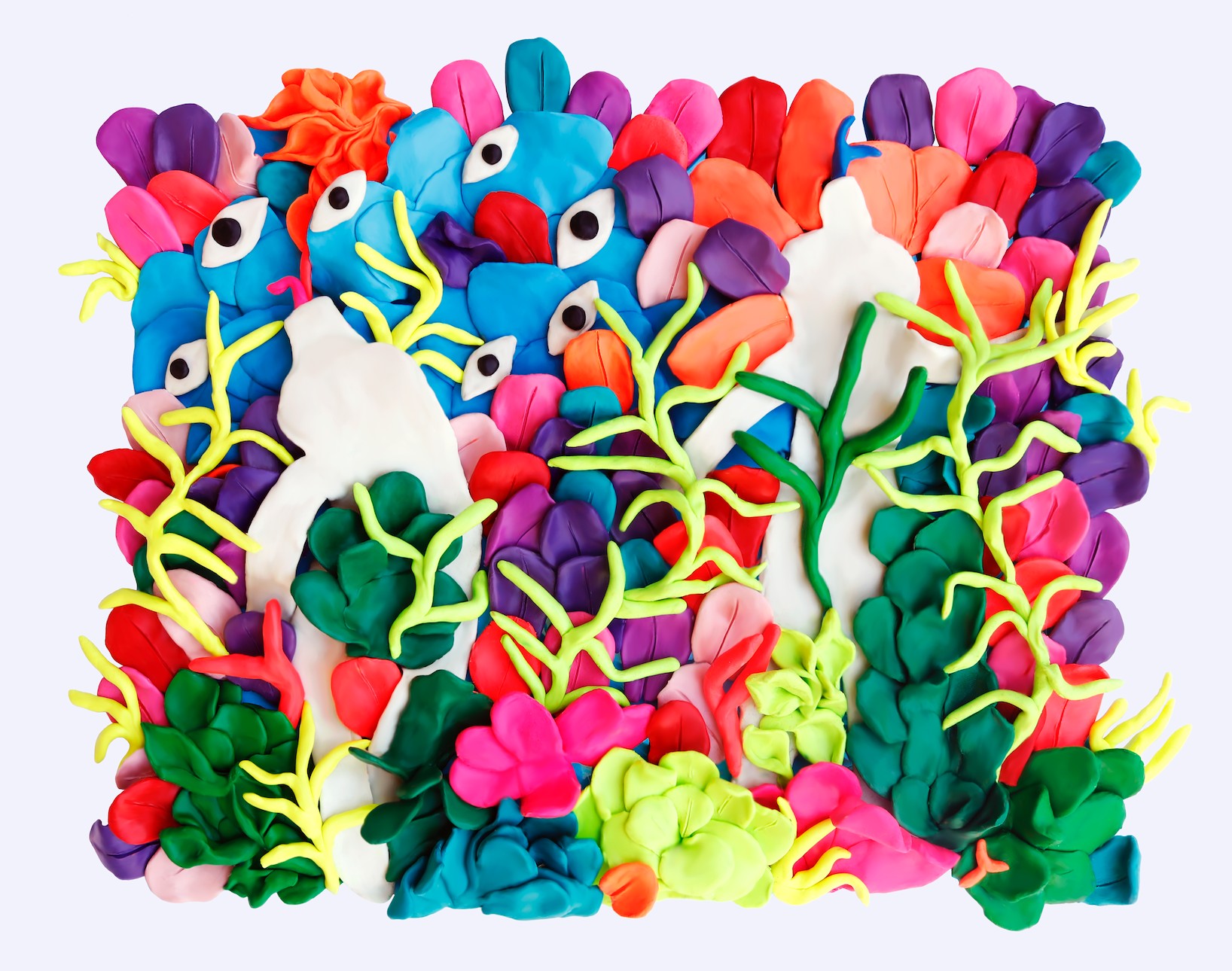
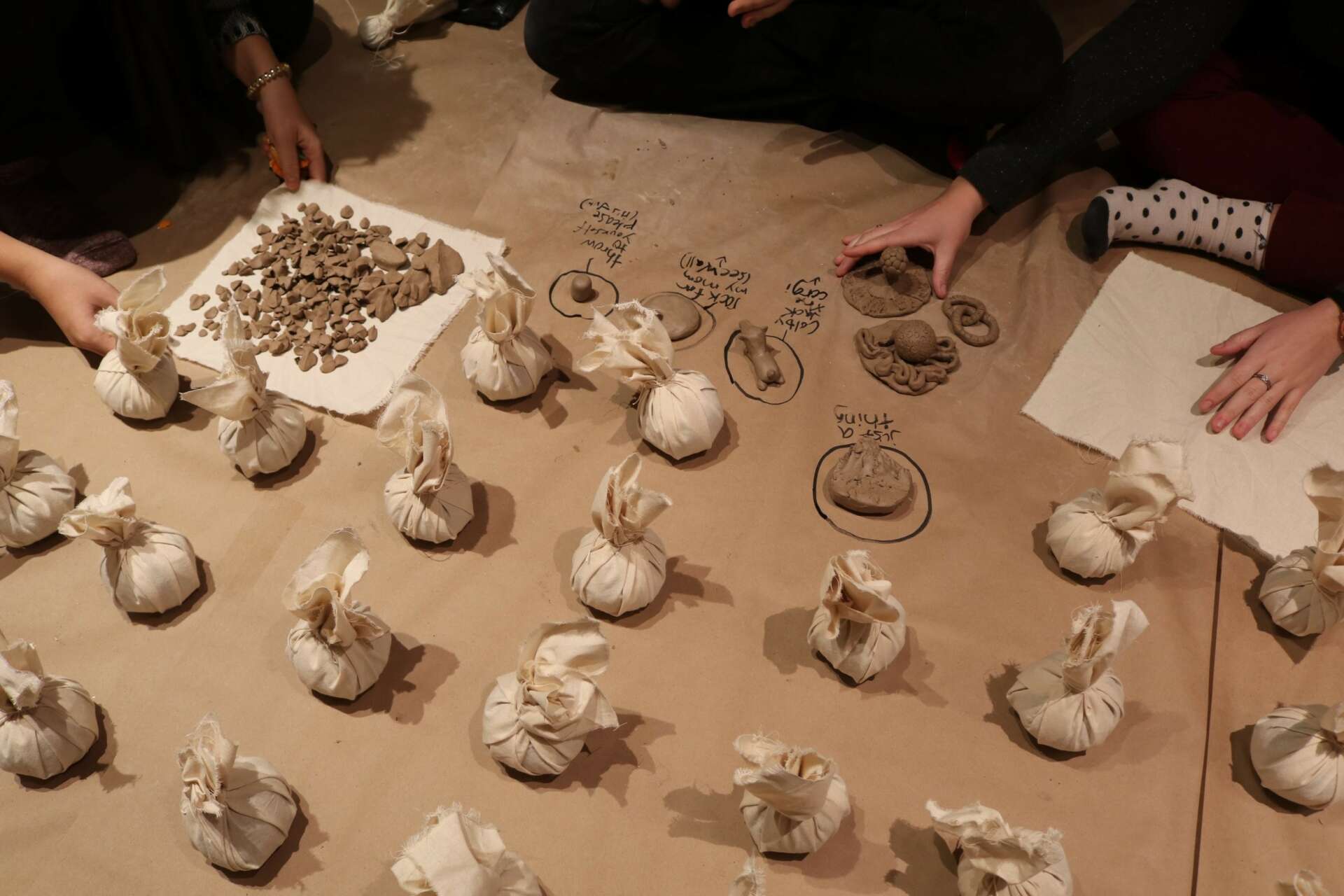
Contact Info:
- Website: www.aaniyaasrani.com
- Instagram: aaniya.asrani


